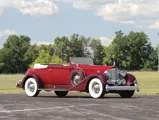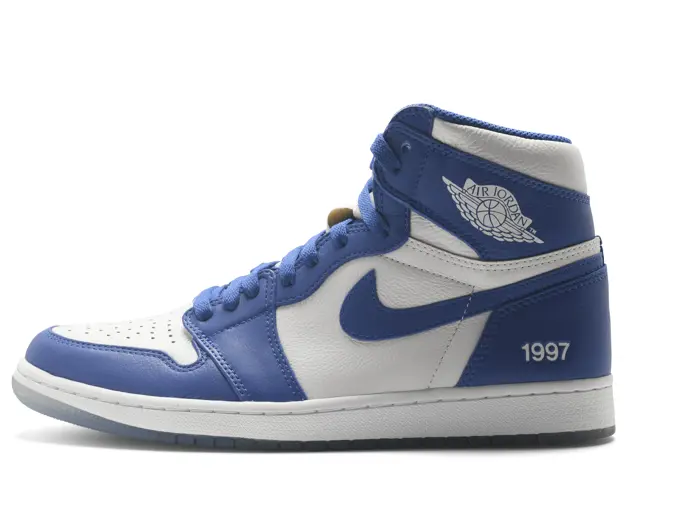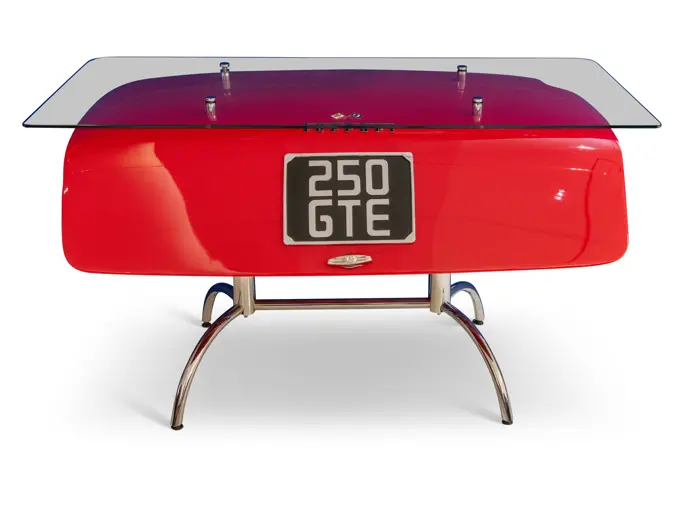Auburn Fall 2014
1934 Packard Twelve
{{lr.item.text}}
$308,000 USD | Sold
 | Auburn, Indiana
| Auburn, Indiana
{{internetCurrentBid}}
{{internetTimeLeft}}

If there’s a quintessential Packard body style of the 1930s, it has to be the blind-quartered Convertible Victoria. Built by such coachbuilders as Waterhouse, which was particularly known for the style, it was also constructed in Packard’s own shops, and as a Dietrich-adapted Vanden Plas design. For 1934, Convertible Victorias were available in all lines, Eight, Super Eight and Twelve.
The Twelve, a second-generation descendant of the early Twin Six, was in its third year, challenging Cadillac and Lincoln for multi-cylinder supremacy. In engine displacement, the Packard Twelve ranked first. In sales, it was second behind Lincoln.
Cadillac ignited the multi-cylinder race with their new 16- and 12-cylinder models, and Packard dealers acutely felt the pressure. The solution, born of necessity, was to install the new 12-cylinder engine in Packard’s proven Deluxe Eight chassis. The result was christened the Twin Six, in honor of Packard’s first V-12 design, which debuted more than 15 years earlier.
By 1933, the name was changed to the Packard Twelve to clearly convey the power behind the new car. It and the Eleventh Series were the last cars with flowing fenders and classic lines, before the advent of the more highly streamlined look. The front ensemble is truly beautiful, with a graceful vee-shaped radiator shell and matching headlights and fender lights. The dash itself is a work of art, looking more like a jeweler’s display than an instrument panel.
Packard introduced its 1934 cars the week after Labor Day. The January introduction of the 1933 model year cars allowed for the Tenth Series cars to have a short eight month life span. The Eleventh Series was the first to be announced of all American cars. Athel Denham of Automotive Industries found Packard’s attention to oil temperature regulators, 100-percent oil filters, new steering gears and ventilated generators among the admirable advances in the never-ending quest to make automobiles trouble-free. For 1934, all of the Packards were wired for radio. Overall, the cars were well-received. “Among the smartest cars on the American highway” was Country Life’s assessment. New owners were similarly enthusiastic and Packard received many unsolicited positive reviews from customers old and new.
This car has body style 747, the Packard-built Convertible Victoria, with an elegant curved beltline. It is painted in a rich, deep red, with maroon moldings and red pinstripe. Body contours are very good, and the paint exhibits only a few blemishes. The tan convertible top is in good condition and has a matching boot. Although the brightwork is generally good, it exhibits some age, as the restoration took place some years ago. Similarly, the black leather interior shows age and wear. Equipment includes Trippe driving lights, dual sidemount spares with metal covers and Packard See-Rite mirrors, radio, Packard hot water heater, clock, adjustable shock absorbers and a trunk rack at the rear, supplementing the bustle-type luggage compartment.
The engine compartment is excellently detailed, and the undercarriage is nearly spotless and painted gloss black. Acquired by the Pond Collection in 1993, the car was originally delivered on March 3, 1934 by the Earle C. Anthony dealership in Fresno, California. Awarded an AACA National First in 1972, it looks fresher than the age of the restoration would suggest. Full Classic by Classic Car Club rules, it is also a competent and comfortable tour car. Just ask the man who owns one…





